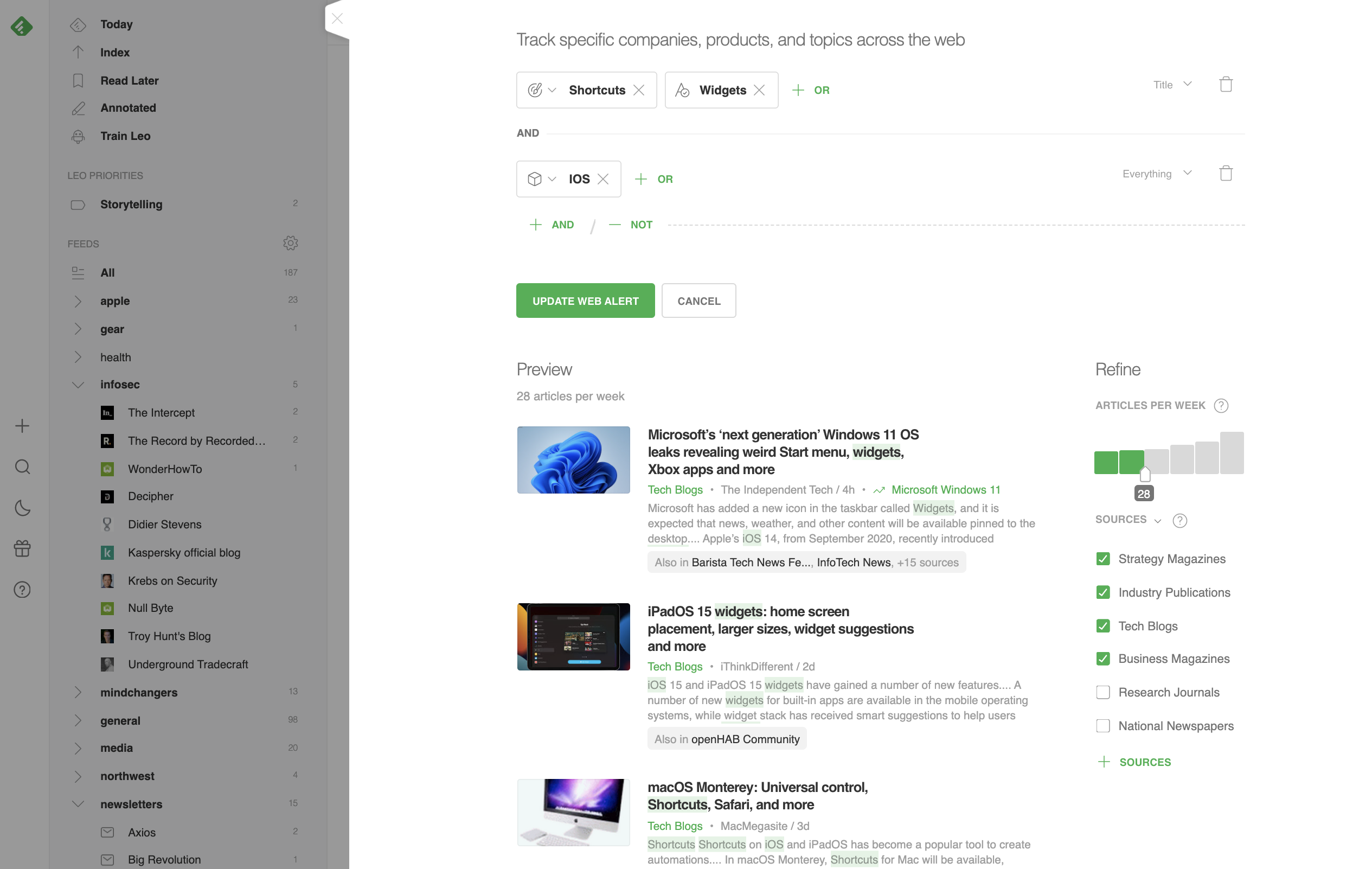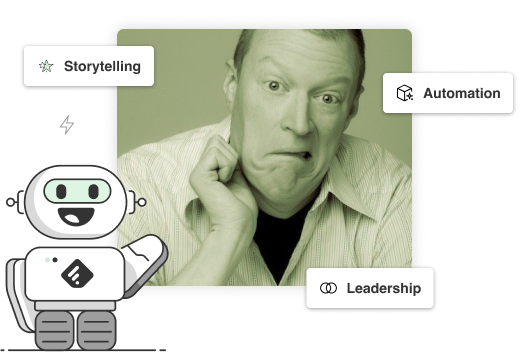When the world went into lockdown back in March 2020, Steve Makofsky, like many of us, was feeling a little restless.
Steve, a long-time tech executive (Disney, Nike), is an engineer with a passion for streamlining his workflow and feeding his mind. Could he find a quarantine project that allowed him to do both while keeping up with his insane to-do list? With a little ingenuity (and the help of Feedly), the answer turned out to be yes.
Searching for a signal in a sea of noise
Back in the day Steve, a tech old-timer, stayed up to date via blogs. As a reader he found it easy to discover interesting new perspectives simply by checking the blog rolls of his favorite writers and visiting the sites they recommended. As the author of a couple of books on programming he also blogged himself to drive interest towards his work.
But as the Internet evolved, Steve found less and less value in blogs. He still dug around online for useful takes and fresh voices, but it felt a whole lot harder to find them. “Something has been lost in blogging,” he says. “I found discovery of similar content to what I like, or maybe opposing views to challenge some of my ideas, has been a real struggle.”
As a service to a small group of friends and colleagues facing similar challenges, Steve began sending out an ‘annual report’ listing resources they might find interesting. He often received grateful notes in reply. Then, coronavirus struck and Steve found himself with time on his hands. He wondered if he couldn’t supercharge his ‘annual report,’ turning it into a weekly newsletter offering links to great resources from around the web.

Squeezing a passion project into a jam-packed schedule
Steve has an extremely busy day job, which means he needed to find an efficient way to discover and process content for his new passion project. Enter Feedly, stage right. He began supplementing his existing feeds with content he discovered using Feedly AI, as well as scouring Twitter and Reddit for interesting sources.
He also subscribed to a number of Substack newsletters, which he’s happy to aggregate with the rest of his content via Feedly, sparing his inbox further clutter. “I’m glad I don’t have 83 things hit my inbox every day anymore,” he laughs. Steve then uses Feedly to sort all these insights into topical feeds like ‘Mind Changers’ (for writers that often shift his perspective) and ‘Workflow’ (for time-saving tips). (You can read a deeper diver into his aggregation process here.)
It’s an incoming river of content, but Steve has designed a streamlined system for winnowing it down to just the ten or so links he includes in his weekly newsletter.
“Every two or three days, I have a reminder to clean out my to-read list. I carve out 30 minutes in the evening to read some stuff. By the end of the week, I end up with 30 or 40 tagged items. I spend Friday night really going through them, getting the pulse of what I want to talk about, and limiting them down to ten,” he explains.
A bit of clever automation Steve built allows him to export his top links, along with their headlines, into a template. After another 30 minutes of summarizing and polishing, he’s ready to hit send on his weekly newsletter of suggested links.

Add Steve’s blog to your Feedly!
Click here to follow Steve’s blog, right from your Feedly account.

Sorry, sourdough
All together that adds up to no more than a few hours a week for Steve’s newsletter side project, but he’s seen sizable benefits from this modest investment of time. First, recipients seem genuinely appreciative. “Oddly enough, it is gathering an audience,” he says of his weekly updates. “I did not expect that. I just write pretty authentically, but it seems to resonate with people.”
Perhaps even more importantly, Steve believes the project not only kept him occupied in quarantine but also gives him a leg up professionally.
“The process has kept me in tune with what’s going on around me with technology. I’ll sit around with my colleagues and I’ll be talking about something they don’t know about. So it enables me to keep up with what’s up and coming. It’s good mental exercise.”
With all due respect to quarantine baking or gardening, that is a pretty impressive benefit for a lockdown side project.


